Roman Vs. German Chamomile – Learn About Different Types Of Chamomile
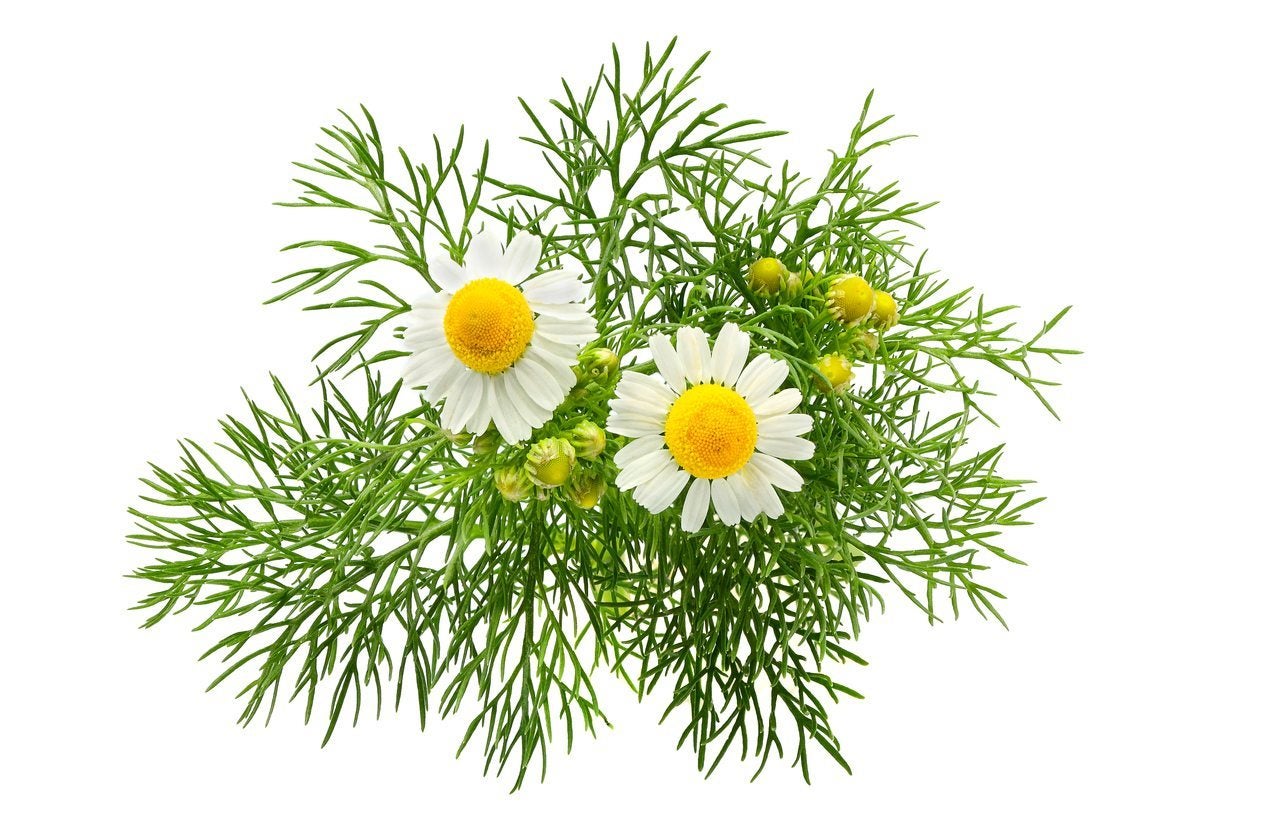

Many people enjoy a soothing cup of chamomile tea to forget the stress of the day and get a nice, restful sleep. When purchasing a box of chamomile tea at the grocery store, most consumers are concerned with which brand of tea they prefer, not which type of chamomile the tea bags contain. If you're so fond of the tea that you decide to grow chamomile in your own garden, you may be surprised to find that there are different types of chamomile seeds and plants available. Continue reading to learn about distinguishing between different chamomile varieties.
Roman vs. German Chamomile
There are two plants that are cultivated and sold commercially as chamomile. The plant considered “true chamomile” is commonly called English or Roman chamomile. Its scientific name is Chamaemelum nobile, although it was once scientifically known as Anthemis nobilis. “False chamomile” usually refers to German chamomile, or Matricaria recutita. There are a few other plants that may be called chamomile, such as Moroccan chamomile (Anthemis mixta), Cape chamomile (Eriocephalus punctulatus), and Pineappleweed (Matricaria discoidea). Herbal or cosmetic chamomile products usually contain Roman or German chamomile. Both plants have many similarities and are often confused. Both contain the essential oil chamazulene, although German chamomile contains a higher concentrate. Both herbs have a sweet scent, reminiscent of apples. Both are used medicinally as a mild tranquilizer or sedative, natural antiseptic, insect repellents, and are anti-spasmodic, anti-inflammatory, anti-fungal, and anti-bacterial. Both plants are listed as safe herbs and both plants deter garden pests but attract pollinators, making them excellent companions for fruits and vegetables. Despite all these similarities, there are differences between German and Roman chamomile: Roman chamomile, also known as English or Russian chamomile, is a low growing perennial groundcover in zones 4 to 11. It grows in part shade to a height of about 12 inches (31 cm.) and spreads by rooting stems. Roman chamomile has hairy stems, which produce one flower atop each single stem. The flowers have white petals and yellow, slightly rounded discs. The flowers are about 0.5 to 1 inch (1-2.5 cm.) in diameter. Roman chamomile’s foliage is fine and feathery. It is used as an earth-friendly lawn substitute in England. German chamomile is an annual which can self-sow profusely. It is a more upright plant at 24 inches (61 cm.) tall and does not spread out like Roman chamomile. German chamomile also has fine fern-like foliage, but its stems branch out, bearing flowers and foliage on these branching stems. German chamomile has white petals which droop down from hollow yellow cones. The flowers are 0.5 to 1 inch (1-2.5 cm.) in diameter. German chamomile is native to Europe and Asia, and is cultivated for commercial use in Hungary, Egypt, France, and Eastern Europe. Roman chamomile is native to western Europe and north Africa. It is mostly grown commercially in Argentina, England, France, Belgium and the United States.
Gardening tips, videos, info and more delivered right to your inbox!
Sign up for the Gardening Know How newsletter today and receive a free copy of our e-book "How to Grow Delicious Tomatoes".
-
 4 Superfast Composting Methods: Turn Waste Into Garden Gold In 30 Days Or Less
4 Superfast Composting Methods: Turn Waste Into Garden Gold In 30 Days Or LessTry the fastest composting methods to turbocharge your pile and transform kitchen scraps and garden waste into finished compost in just a few weeks.
By Mary Ellen Ellis
-
 Best Spider Plant Soil – Complete Soil Guide And Expert Tips For Keeping Plants Happy
Best Spider Plant Soil – Complete Soil Guide And Expert Tips For Keeping Plants HappySpider plants are fun and easy plants to grow, but what is the best soil for a spider plant? Selecting the right soil is important so they can thrive.
By Bonnie L. Grant
-
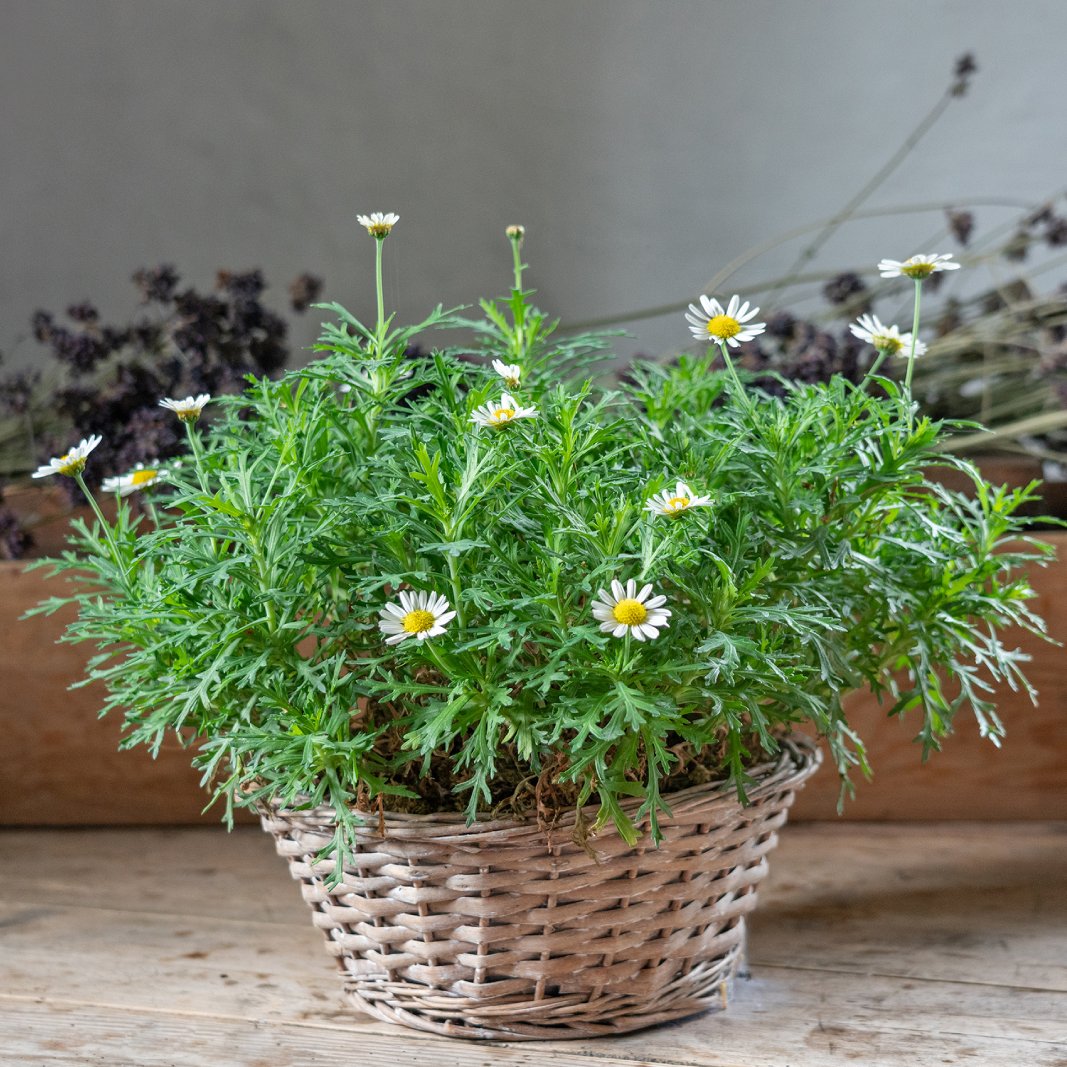 Chamomile In Containers: Growing Chamomile In Pots
Chamomile In Containers: Growing Chamomile In PotsBy Mary Ellen Ellis
-
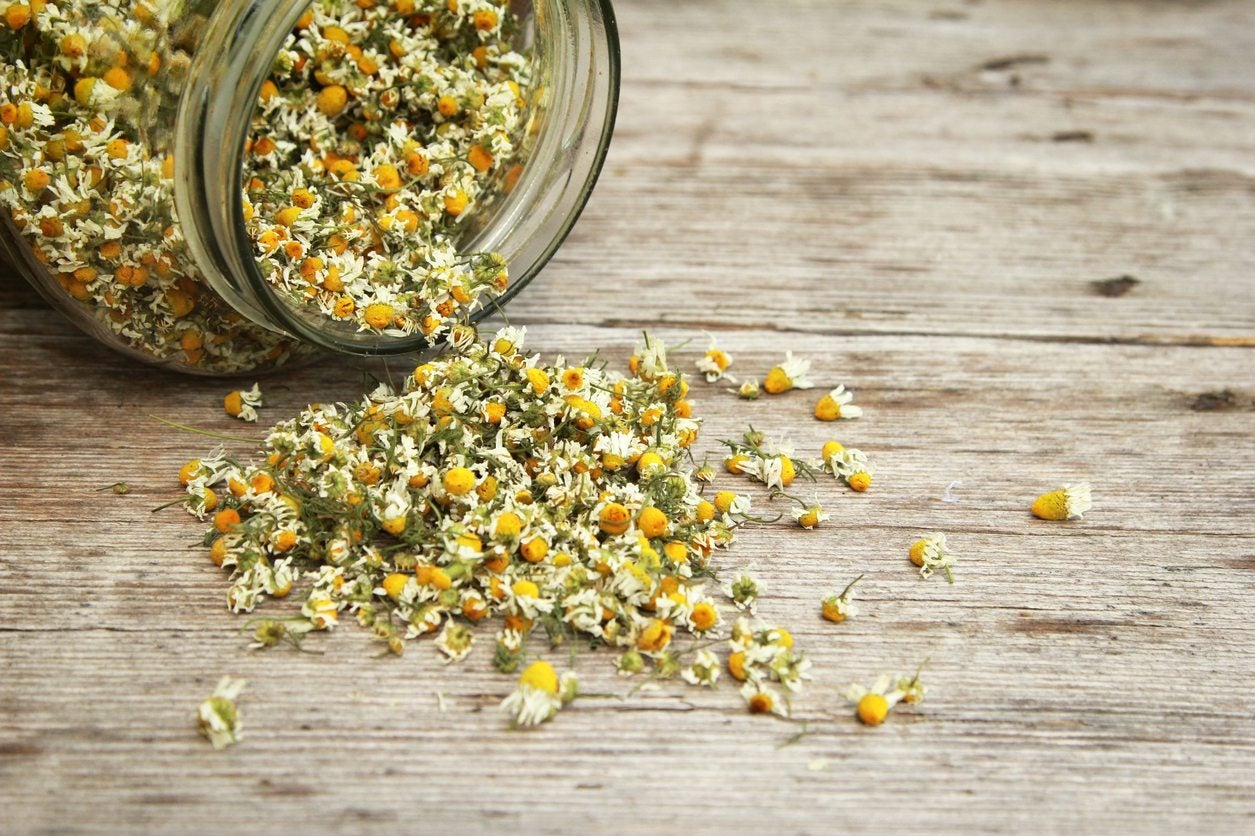 How To Dry Chamomile Plants – Tips For Drying Chamomile Flowers
How To Dry Chamomile Plants – Tips For Drying Chamomile FlowersChamomile, unlike other herbs, is harvested just for its lovely, daisy-like flowers, which are then preserved. Chamomile preservation basically means drying the chamomile flowers. There are four chamomile drying techniques. Click here to find out how to dry chamomile.
By Amy Grant
-
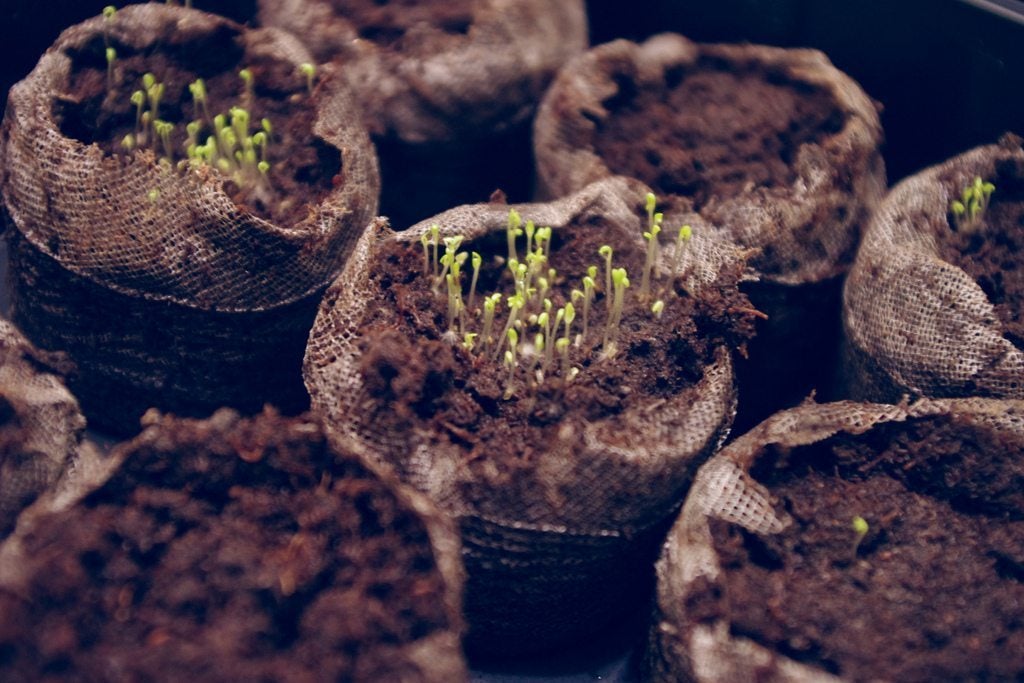 Chamomile Seed Info: How And When To Plant Chamomile Seeds
Chamomile Seed Info: How And When To Plant Chamomile SeedsAll chamomile types produce an abundance of seed that will quickly self-sow wherever it lands in warm, loose soil. Click on the following article to learn more about growing chamomile from seed and when to plant chamomile seeds in the garden.
By Darcy Larum
-
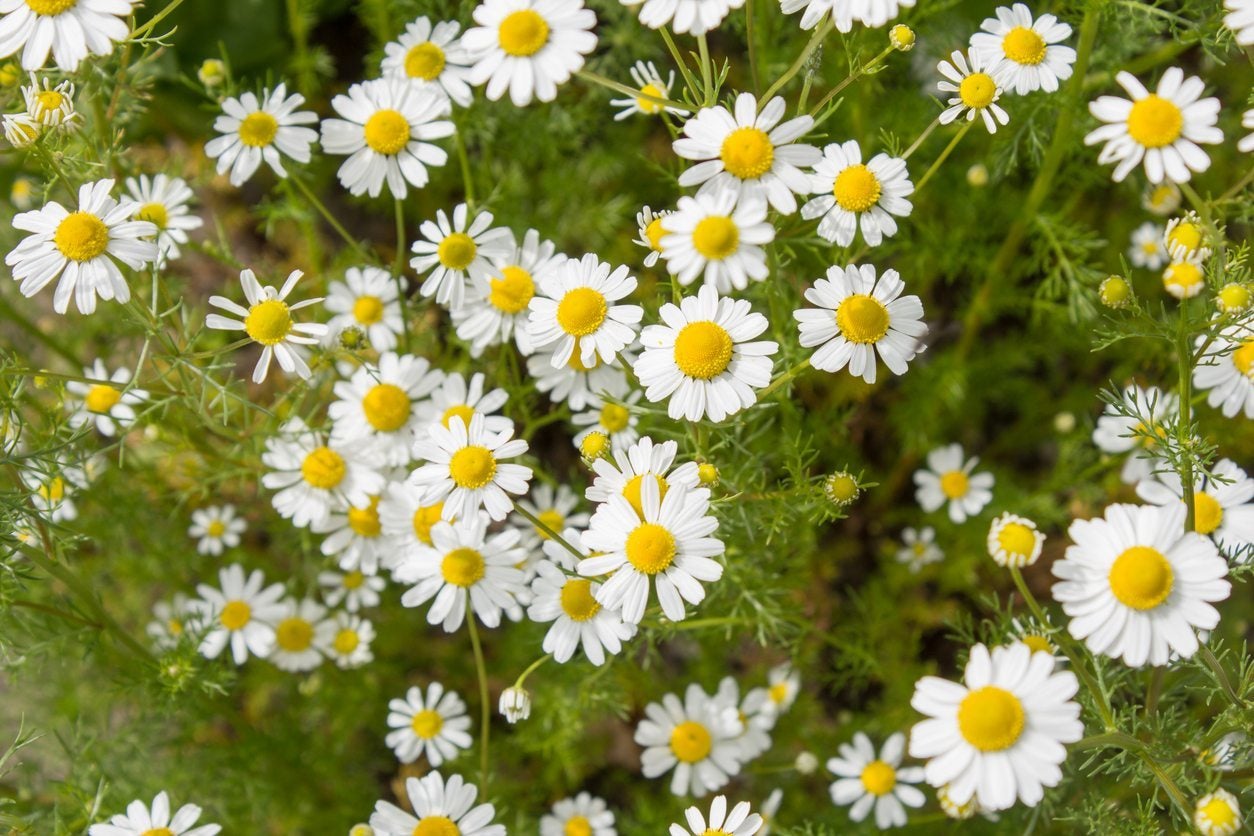 Chamomile Not Flowering: Why Won’t My Chamomile Bloom
Chamomile Not Flowering: Why Won’t My Chamomile BloomChamomile is usually the go-to remedy for so many things, but what can you go to when it is a chamomile plant that needs a remedy - for example, how to make a chamomile plant flower if it's not. Learn more about non-blooming in chamomile here.
By Darcy Larum
-
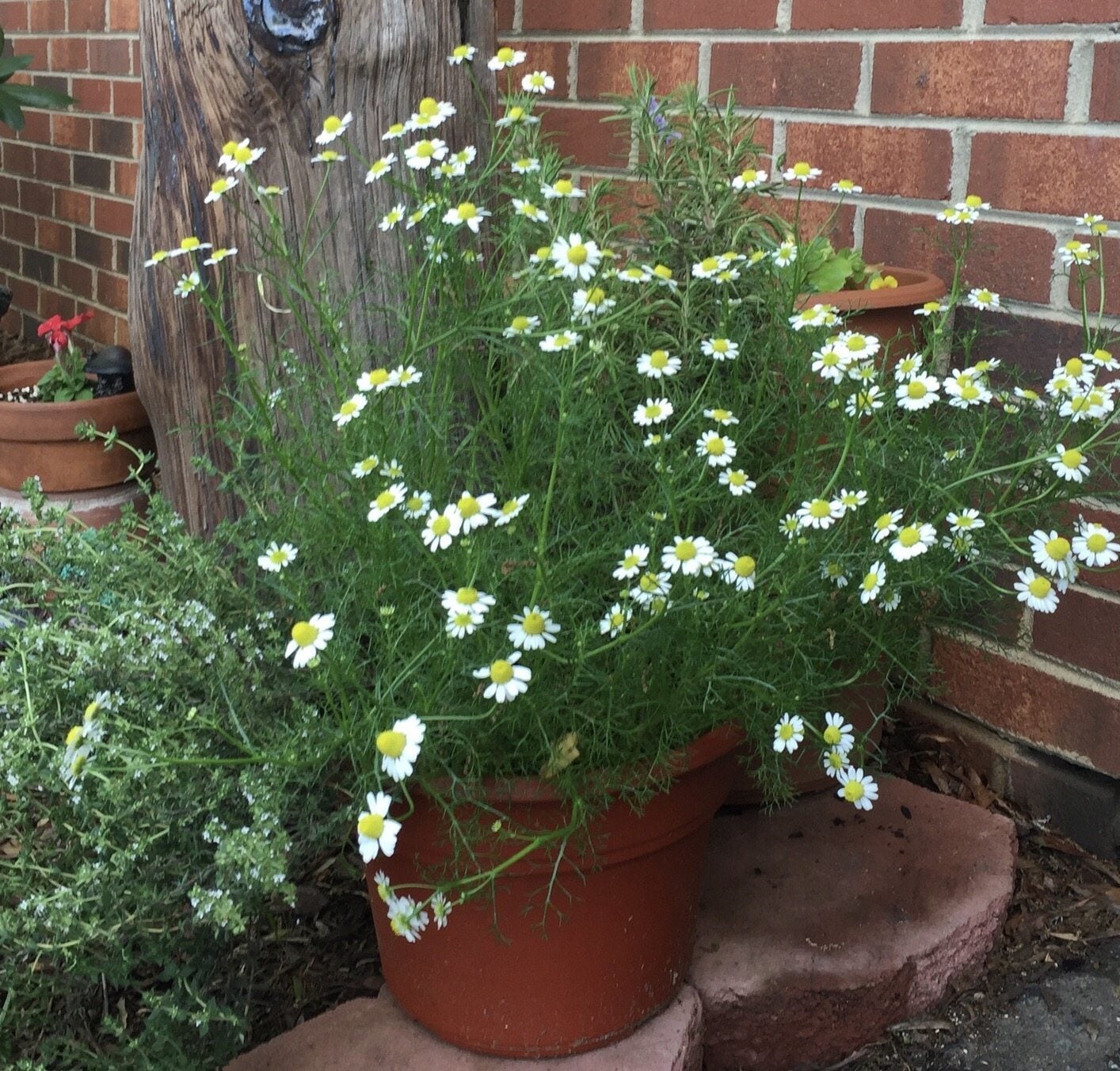 Potted Chamomile Plants – How To Grow Chamomile In A Container
Potted Chamomile Plants – How To Grow Chamomile In A ContainerGrowing chamomile in containers is perfect if you're worried the generous self-seeder may be too rambunctious in the garden. Click fore more.
By Mary H. Dyer
-
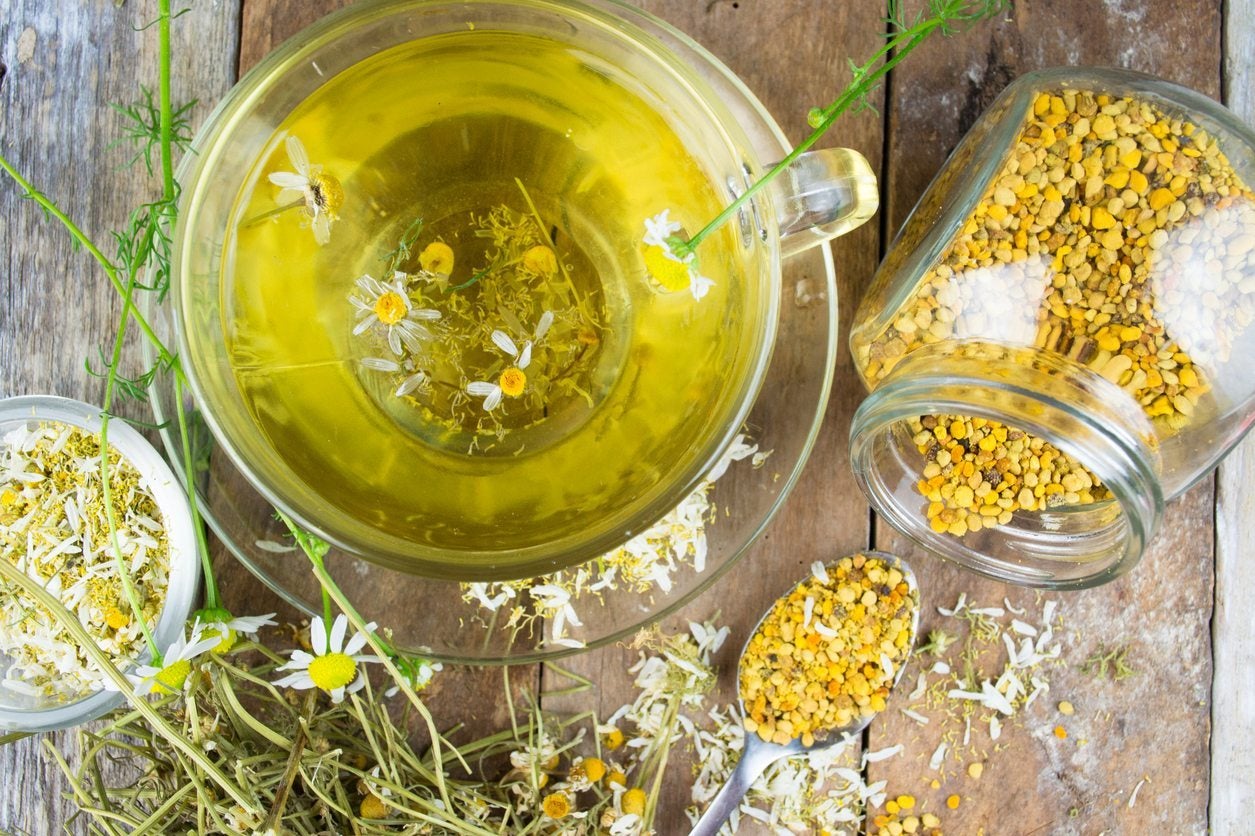 Is Chamomile Edible – Learn About Edible Chamomile Uses
Is Chamomile Edible – Learn About Edible Chamomile UsesTraditionally, many generations have appreciated chamomile for its curative qualities, and to this day, people rely on chamomile tea to calm frazzled nerves and relax at bedtime. But is chamomile edible, and if so, what parts of chamomile are edible? Find out here.
By Mary H. Dyer
-
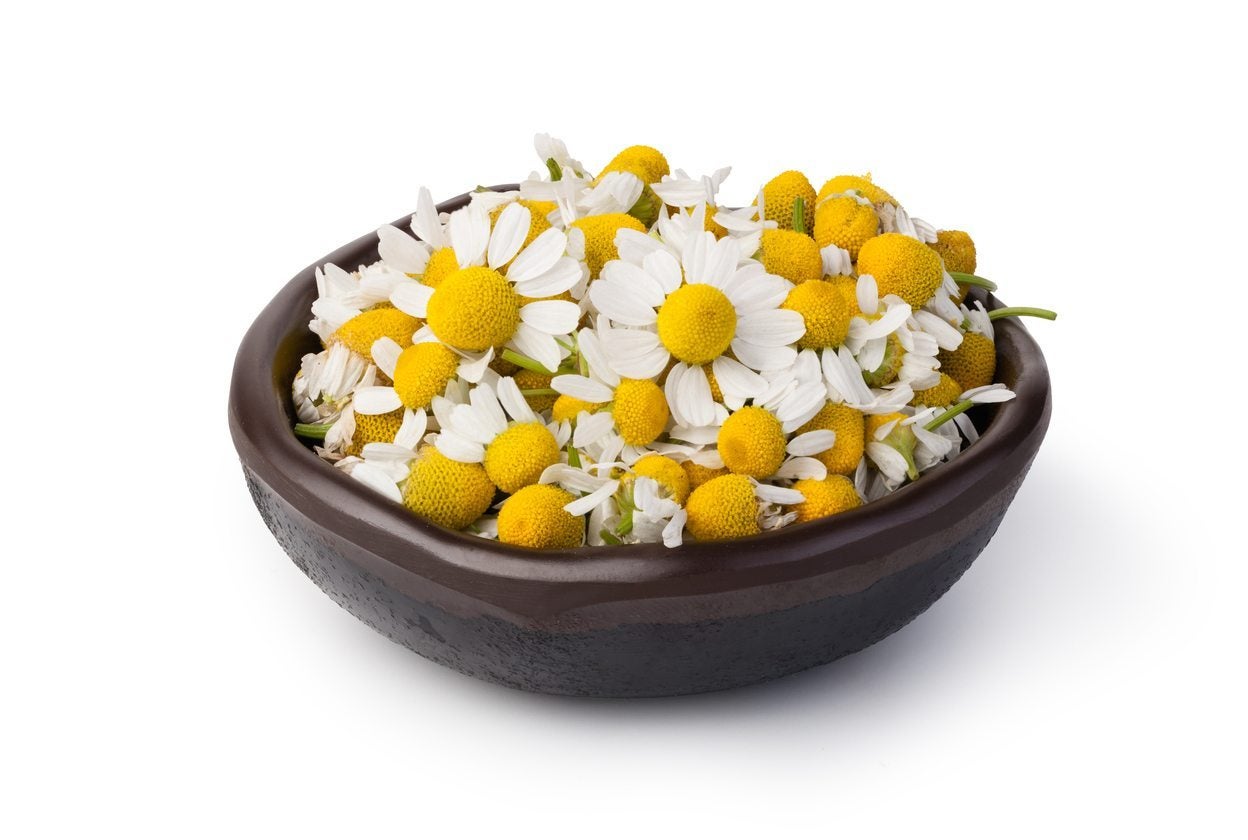 Harvesting Chamomile Plants: When To Pick Chamomile Flowers
Harvesting Chamomile Plants: When To Pick Chamomile FlowersChamomile is useful for so many ailments and is easy to grow too, but how do you know when to pick chamomile? Not only do you need to know when to harvest chamomile, but how to harvest chamomile. Click this article to find out about picking chamomile plants.
By Amy Grant
-
 Growing Chamomile Tea: Making Tea From Chamomile Plants
Growing Chamomile Tea: Making Tea From Chamomile PlantsIf you?ve never thought about growing your own chamomile tea plant for tea brewing, now?s the time. Chamomile is easy to grow and thrives in a variety of areas. Use the information from this article to find out how to grow chamomile for tea.
By Amy Grant